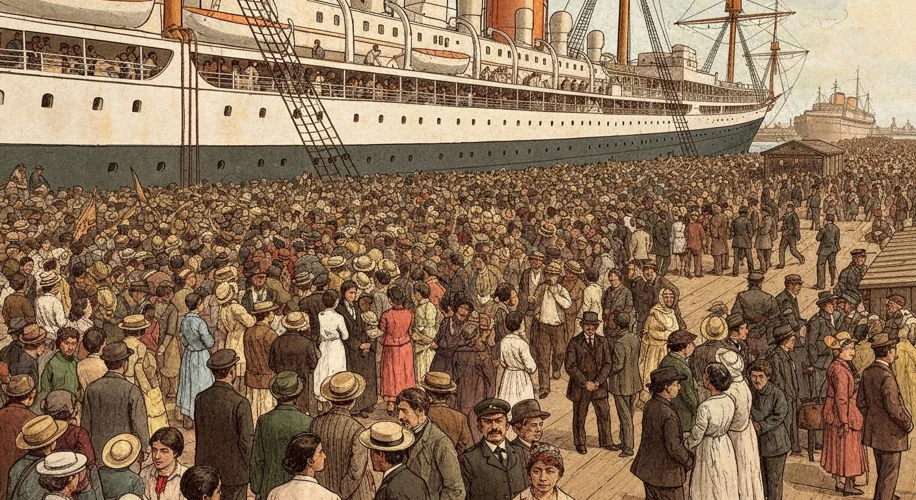The United States, a nation built by waves of immigration, has a long and often tumultuous history of defining who belongs within its borders and how those individuals should be treated. From the earliest colonial settlements to the modern era, immigration policy and border relations have been a constant source of debate, shaping the nation’s identity, economy, and social fabric.
The Early Crucible: A Nation of Immigrants and Emerging Borders
From its inception, the United States was a land of opportunity, drawing millions from Europe seeking refuge from persecution, economic hardship, and political instability. The early republic, with its vast, sparsely populated territories, largely welcomed immigrants, viewing them as essential for westward expansion and national development. However, even in these nascent years, anxieties about cultural assimilation and economic competition began to surface. The Alien and Sedition Acts of 1798, though primarily aimed at suppressing political dissent, also reflected a nascent desire to control who entered the country and to what extent they could participate in public life.
As the nation expanded westward, so too did its borders, bringing new populations into contact and often conflict. The Mexican-American War (1846-1848) resulted in the United States acquiring vast territories, incorporating a significant Spanish-speaking population. This acquisition, alongside continued European immigration, began to lay the groundwork for the complex relationship between the U.S. and its southern neighbor, a relationship that would be profoundly shaped by immigration policies in the decades to come.
The Gates Slam Shut: Exclusion and the Rise of Enforcement
The late 19th and early 20th centuries marked a significant shift in U.S. immigration policy. A growing nativist sentiment, fueled by economic depressions and fears of social unrest, led to the passage of increasingly restrictive laws. The Chinese Exclusion Act of 1882 was a watershed moment, being the first federal law to explicitly bar a specific ethnic group from immigrating. This was followed by a series of laws that created a quota system based on national origin, heavily favoring immigrants from Northern and Western Europe while severely limiting those from Asia, Africa, and Southern and Eastern Europe.

Ellis Island, which opened in 1892, became the symbolic gateway for millions of European immigrants. While it represented hope and opportunity, the processing and inspections conducted there also underscored the increasingly formalized and sometimes harsh nature of border control. The establishment of agencies like the Bureau of Immigration and later the Immigration and Naturalization Service (INS) signaled a growing federal apparatus dedicated to managing and enforcing immigration laws.
The Shadow of War and the Cold War Era
World War I and World War II saw further shifts in policy, with wartime anxieties leading to increased scrutiny and internment of certain ethnic groups, most notably Japanese Americans during WWII. The Cold War era introduced a new dimension to immigration debates, with national security concerns intertwining with ideological battles. The McCarran-Walter Act of 1952, for instance, codified national origin quotas and allowed for the exclusion and deportation of individuals deemed subversive.
Simultaneously, the U.S. engaged in various

